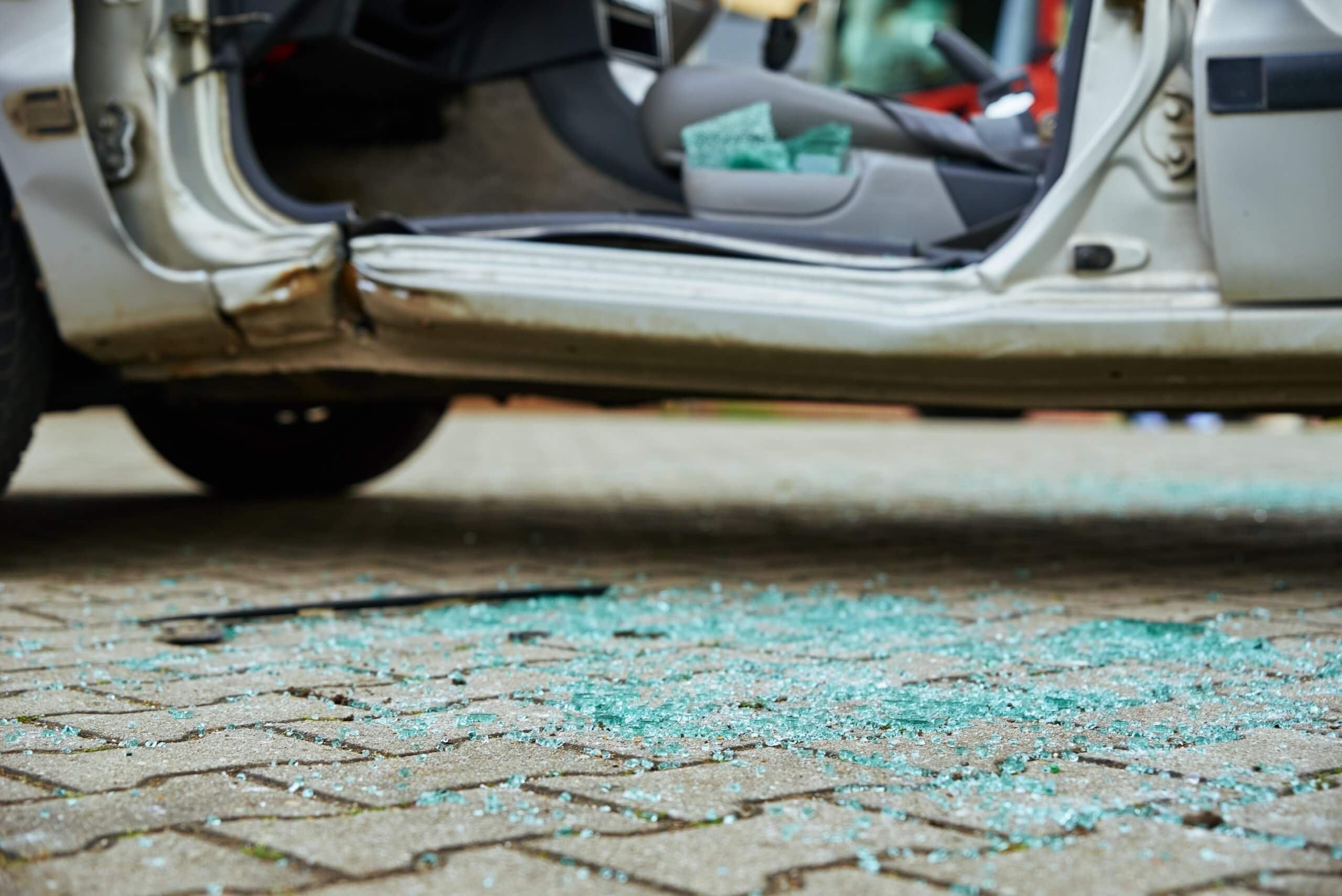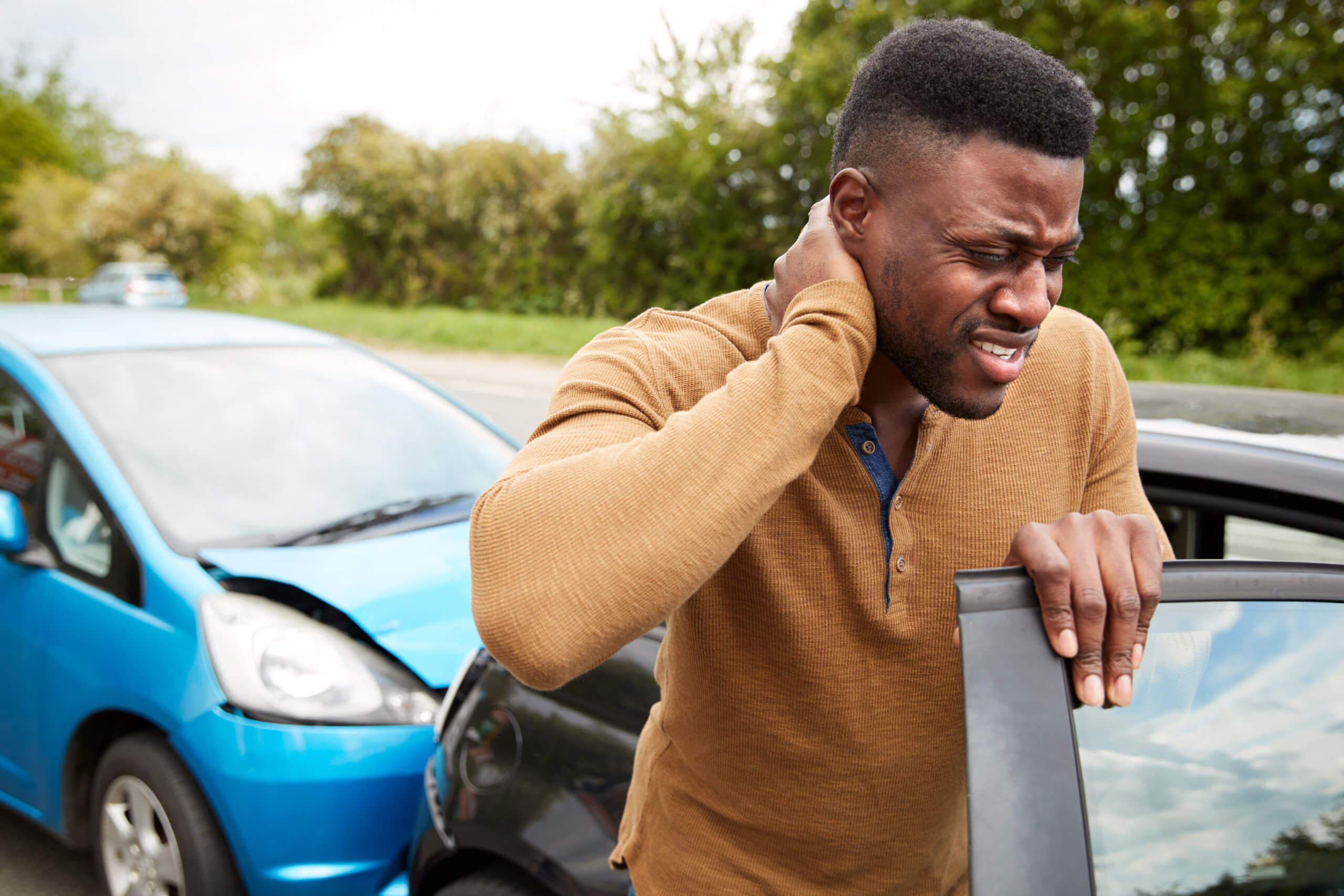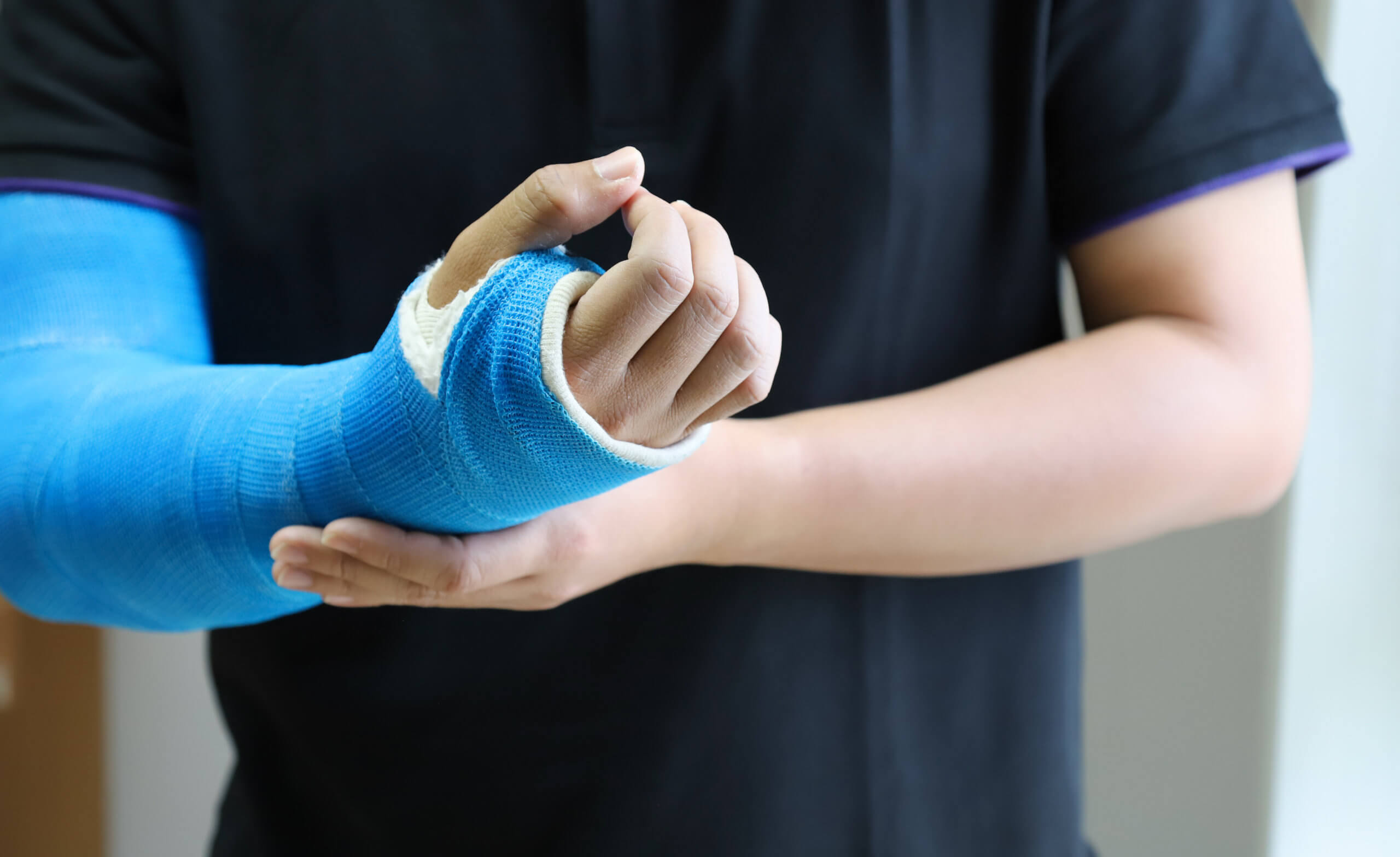Common Car Crash Injuries and Treatment Options
Every year, over 2,000,000 people get injured in a car crash in the United States. Regardless of whether or not they feel that their injury is “serious”, everybody involved in a car accident should see a doctor as soon as possible.

Even though accident victims may feel perfectly fine at first, symptoms of car accident injuries often show up in the hours or days following the crash. With that in mind, seeing an orthopedic specialist after a car accident is essential to preventing hidden injuries from worsening.
Common Injuries from Car Accidents
Bone Fractures
Bone fractures are common injuries from a car accident caused by the human body rapidly decelerating and impacting airbags or other interior parts. Depending on the type of fracture, it may require immobilization or orthopedic surgery.
For minor to average fractures, a cast or other type of immobilization is typically enough to treat the injury. However, surgery may be necessary if the bone breaks into several pieces or if the fracture site is misaligned. If you have a bone fracture resulting from a car accident, it’s important to seek treatment from an orthopedic doctor as soon as possible.
Back Injuries
Vehicle collisions can also cause a range of back injuries for those involved. Some injuries include torn soft tissue, herniated discs, dislocated vertebra, and broken vertebra. Depending on the severity of the crash, the damage may require surgery to repair. The most common surgeries to address back injuries caused by car crashes include:

- Spinal fusions: Spinal fusion surgery aims to stabilize the spine by joining two or more vertebrae together. This procedure can alleviate pain and improve spinal stability for individuals with conditions like spondylolisthesis or spinal fractures.
- Vertebroplasty: Vertebroplasty involves injecting a special cement mixture into a fractured vertebra to stabilize and strengthen it. This minimally invasive procedure is often performed to relieve pain associated with vertebral compression fractures.
- Laminectomy: Laminectomy, also known as decompression surgery, involves removing part of the lamina (the back part of the vertebra) to relieve pressure on the spinal cord or nerves. This procedure is commonly used to treat conditions such as spinal stenosis.
- Discectomy: Discectomy is a surgical procedure that involves removing part or all of a damaged intervertebral disc. This is often performed to relieve pressure on the spinal nerves caused by a herniated or bulging disc.
For more information about back injuries and sources of back pain, read our free eBook, Spine Surgery and Care for Long Island and Beyond.
Soft Tissue Injuries

Any number of soft tissue injuries can occur during a car crash. As limbs stretch in unnatural ways and the body gets strained, damage to muscles, tendons, and ligaments are common.
Though most soft tissue injuries will heal by themselves with enough time, rest, and physical therapy, other soft tissue injuries require more involved treatment. Surgery is the only way to restore function to a torn a muscle, tendon, or ligament.
Knee Injuries
In some cases, knee injuries from car accidents can occur because legs can get jammed into the dashboard or damaged by airbags. Knee injuries account for about 10% of all injuries from car accidents, with some of the most common injuries including:
- Contusions: Contusions, or bruises, result from blunt force trauma to the knee, causing discoloration and swelling. While contusions often heal with rest and ice, severe cases may require medical attention.
- Abrasions: Abrasions, or scrapes, occur when the knee rubs against a rough surface during a car accident. Proper cleaning and wound care are typically sufficient for healing minor abrasions, but larger or deeper wounds may require medical intervention.
- Lacerations: Lacerations are cuts to the skin that may expose underlying tissues. Immediate medical attention is crucial for cleaning, stitching, and preventing infection in more severe cases of knee lacerations.
- Fractures: Fractures involve a break in the bone, and knee fractures can occur due to the impact of a car accident. Treatment may range from immobilization and rest to surgical intervention, depending on the severity and type of fracture.
- Tears: Tears in the ligaments or meniscus of the knee can result from the sudden force of a car accident. Treatment options vary, including physical therapy for minor tears and surgical repair for more severe cases.
Neck Injuries
Neck pain may start immediately after the crash or hours to days after the collision. During the impact, your head often jerks in one direction or another, which can damage ligaments, muscles, joints, discs, nerves, tendons, or bones. Some common neck injuries include:
- Slipped or Herniated Discs: Slipped or herniated discs occur when the soft, gel-like center of a spinal disc protrudes through the tough exterior. This can result in nerve compression and pain. Treatment may involve rest, physical therapy, or, in severe cases, surgical intervention.
- Sprain or Strain: Neck sprains involve the stretching or tearing of ligaments, while strains affect muscles and tendons. These injuries often result from sudden movements during a car crash, and treatment may include rest, pain management, and physical therapy.
- Pinched Nerve: A pinched nerve happens when excessive pressure is applied to a nerve by surrounding tissues. Car accidents can lead to pinched nerves in the neck, causing pain, tingling, or numbness. Treatment options range from conservative measures to surgical intervention, depending on the severity.
- Fracture of Compression: Compression fractures involve the collapse of a vertebra, and they can occur in the neck during a car crash. Treatment may involve immobilization, pain management, and, in some cases, surgical stabilization.
- Muscle Spasms: Muscle spasms are involuntary contractions of muscles in the neck, often caused by trauma. These spasms can result in pain and restricted movement. Treatment includes rest, heat or ice therapy, and muscle relaxants in some cases.
Get The Medical Treatment You Need For Car Accident Injuries
Car accidents can be physically and emotionally taxing. At SIO, our team of orthopedic doctors, surgeons, and physical therapists are committed to providing you with the best care possible for car crash injuries. Our experienced team of board-certified orthopedic specialists has the knowledge and experience needed to get you back on the road. For more information about what SIO can do for you, schedule an appointment today. Our multiple locations throughout Long Island provide our patients with the best car crash injury treatment available.
